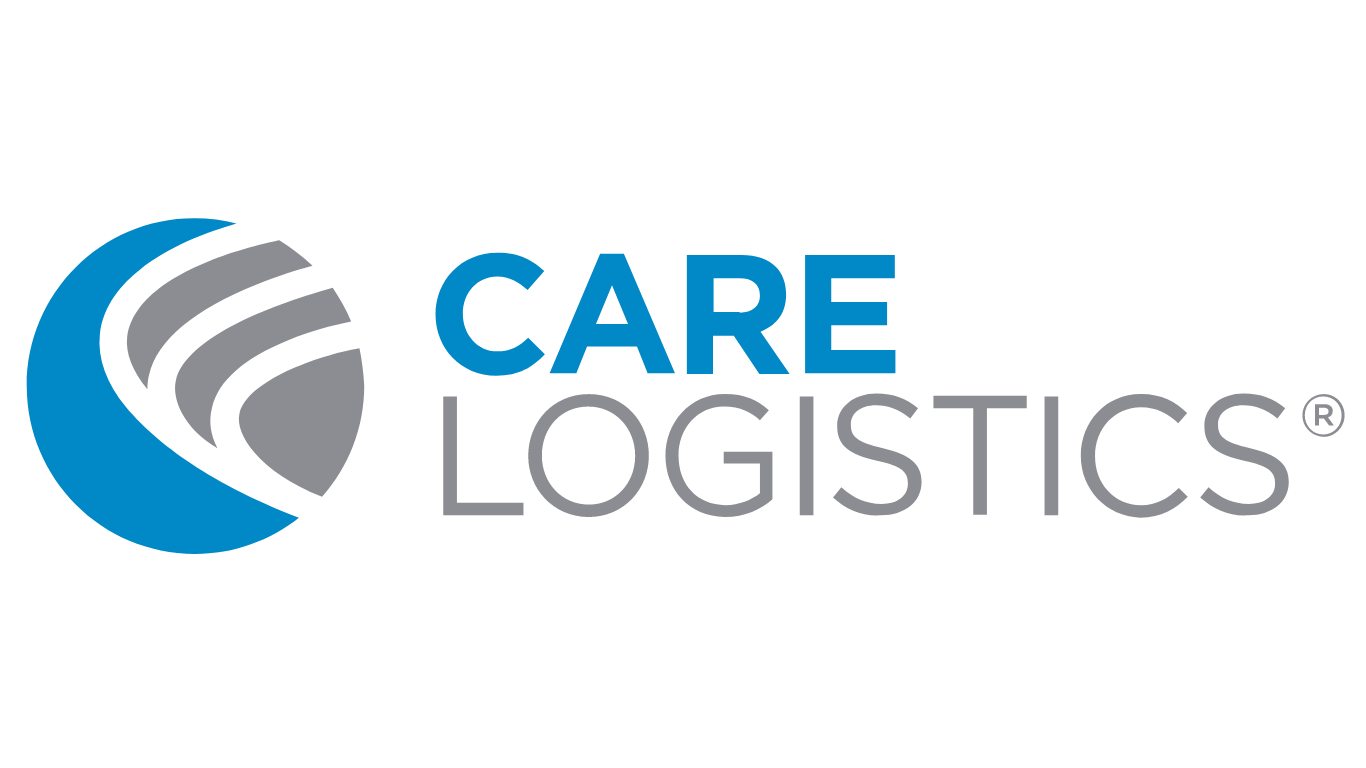3 Keys to Driving On-Time Discharges
By Bob Gleason-Moore, RN, MN
We've all been there before. It's happened again. We just can't seem to get our patients discharged on time.
Inpatient beds are scarce. Patient flow and throughput are suffering across the hospital. Our PACU is backing up. Patients are waiting hours, even days, in the ED for an inpatient bed.
Staff morale plummets as they realize they have no choice but to provide inpatient care in settings they know are not ideal for their patients.
Quality and patient safety are put at risk. And the patient experience.... well, I don't have to tell you what's happening with that!
Sounds ominous, doesn't it? Well, I have good news.
It doesn't have to be that way! Your patients and staff don't have to suffer. You can have on-time discharges. Here are three keys to get you started.
1. Have a Real Goal
The first key is to have a length of stay goal for every patient. This goal isn't just a number plugged into a field in your EHR. It must be a goal with care team and physician buy-in. It must take patient conditions and co-morbidities into account, and it must be consistently communicated across the care team.
Without communication, care teams don't know the goal. We all may be working toward a different one. Without the same goal in mind, we may be working at odds with one another and perhaps even interfering with patient progression itself. That's not good for us or our patients!
2. Establish Real-Time Progression Updates
Next, establish real-time patient progression updates. Key care team members must be part of the discussion for every patient every shift.
Has the patient's condition changed? Is the length of stay goal still valid? What is holding up the patient's progress toward his or her length of stay goal? How do we get the patient back on track? The patient's care team must be kept up-to-date with the current answers to these and other questions.
That sounds great, but we know how tough it is to get the whole care team together. How do we solve that problem?
That brings us to our final key...
3. Tie it Together with the Right Communication Tool
Person-to-person communication is ideal and should always be part of your patient progression strategy. However, it isn't always possible. That's why we must have the right tool.
An effective patient progression communication tool must:
Have up-to-date, real-time information
Be easily accessed by the care team
Convey patient status without time-consuming searches
The right tool can keep the entire care team on board and working toward a common goal and plan for every patient.
Drive On-Time Discharges Now
Our hospitals, our staff, and especially our patients and communities- they are all counting on us. We can't afford to let that familiar discharge delay story play out any longer. With the right length of stay goals, real-time progression updates, and the right communication tools, we don't have to.
